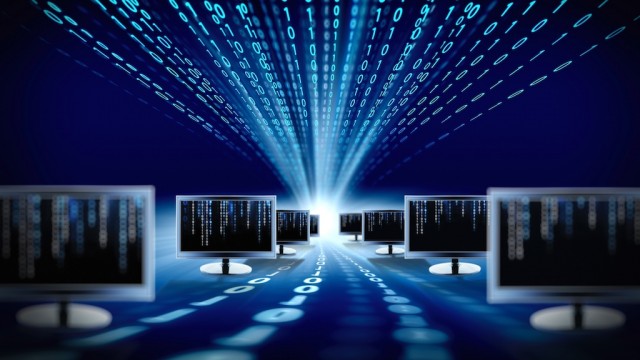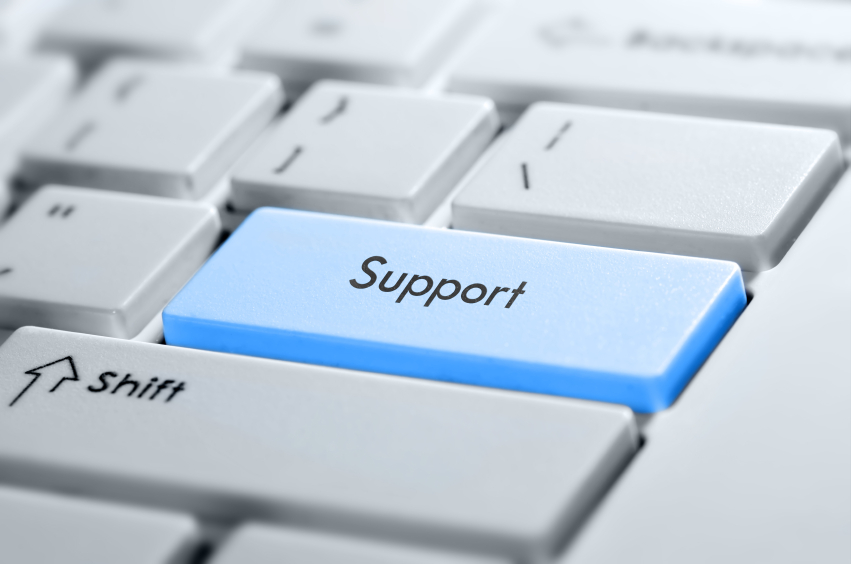Setting up a computer is more than just plugging in a monitor, CPU and hardwares. Depending on the purpose of the computer, each component should be setup in harmony to one another, taking advantage and prioritizing based on what you need. Given the rate at which technology evolves, it is always a smart option to get the best and latest available components to be compatible to relevant elements for a longer period of time. A computer has a lot of components to consider, starting from hardwares, softwares, applications and overall integration of all the components. Thus, picking the best ones is crucial to make sure that you can keep up with all the latest versions and features of other relevant elements.
When it comes to setting up a computer support philadelphia system, there are certain priorities to consider. Firstly, what are you going to using it for? Is it a personal system? A home system? A gaming rig? For sound or video productions? Or to sustain a server system? Whichever it is, it is helpful to know so you can plan on which hardware parts to prioritize on according to budget, as they all have different needs and requirements. Here’s to give you an overall gist to get started.
A Basic System: A very simple setup, just some good parts from trustable brands
A Home System: Prioritizing multitasking by different members, the setup primarily requires good RAM and a multi-core processor.
A Gaming System: Requires a combination of compatible components such as good processor, motherboard, RAM, hard-drive, graphics card and cooling systems.
Sound/ Video Mixing: A decent processor, RAM, good graphics card, lot of hard drive capacity and a solid sound card.
A Server System: Doesn’t require much, a good processor with high RAM and hard drive storage such as 1TB would be enough.
Lastly, if none of these are specific to your need and you are simply looking to build the best computer possible within your budget, getting the latest versions can be a good start. While they might be expensive at times, they can certain help you get setup for a foreseeable future. However, it might not always be wise to get the absolute latest as there might be bugs and hidden issues involved. So, one must also take into careful consideration whether a hardware’s performance has been tested and proven.
Taking all these factors into consideration, you can move on to picking your hardware components with the right priority. We provide you with a basic checklist to follow:
Computer Hardware Checklist
1. Picking the CPU and Motherboard:
While building a computer, the first and foremost priority should be given into picking the processor and a compatible motherboard. Intel and AMD are the market leaders, and you must choose one also considering their socket types. Socket types are important to match the processor with motherboard. The best option here, is to simply get the best processor you can afford, along with the latest compatible motherboard with matching sockets. Check out some expert reviews and benchmark sites for an idea of what’s new and hot in the market.
2. Choosing RAM Memory:
Your RAM is an essential part of your computer that will ultimately decide how fast and smooth the computer runs. With the latest DD4 RAMs being out and the prices falling reasonably low, 8GB RAM has become the new benchmark. Given that your motherboard has enough DIMM slots, you can go for combinations such as 2x4GB or 4x2GB, and if the budget and slot allows, maybe even 4x4GB or 4x8GB. RAMs have some certain features such as timings and speeds that can be a bit confusing to figure out. The best way to get some clarity is to actually go to the Manufacturer’s Websites where you will find helpful comparison charts and tools to help you decide which memory best matches your CPU and Motherboard.
3. Choosing Hard Drive:
The hard drive capacity you should get can vary depending on your need and budget. With portable hard drives now being readily available and affordable, it is not necessary that you must have a high capacity hard drive. Just to be on the safe side you can start with a 500GB or 1TB hard-drive, unless you are setting up a server system or high production system. You will always have the flexibility to use a portable one to easily expand. However it is always safe to ensure your internal hard drive space is more than enough to let the system files run smoothly.
4. Selecting graphics card and sound card:
Unless you are looking for hardcore gaming adventures or studio based production works, your graphics card and sound card doesn’t have to be the best one out there. Depending on your use and need, you can pick between some solid Nvidia or AMD graphic cards. From the basic 1GB or 2GB to massive powerhouses such as 4GB Nvidia Nvidia GeForce GTX 970 or even the 8GB beast GeForce Titan X. Make sure that it is compatible to the motherboard, and check out some user reviews and comparison videos in needed. Take into note its power consumption and cooling solutions to be extra sure.
5. Power Supply and cooling system:
If your computer is a high configured one, it is very likely that it will consuming moderate power and would require a cooling solution. Make sure that your casing is ready to store all on these and has sufficient cooling fans to hold. You don’t want to run the risk to slowing down your performance or even cause breakdown due to overheating. Take everything into consideration from monitor, processor to graphics card. If you have some budget to spare, chip in a backup system too.
6. Getting the small things right:
Once you have all the major components locked down. Your remaining budget can be allocated among all the other remaining components such as the speaker, mouse, keyboard, DVD ROM etc. Try to stick to top popular ones by trustable brands and you will be fine to go.
Following this guide, hopefully you now have a good grasp on how to proceed to acquire the best computer hardware system setup for you. Take into account what you need and then allocate your budget in the suggested order. You will have one of the most latest and best system running in no time.




